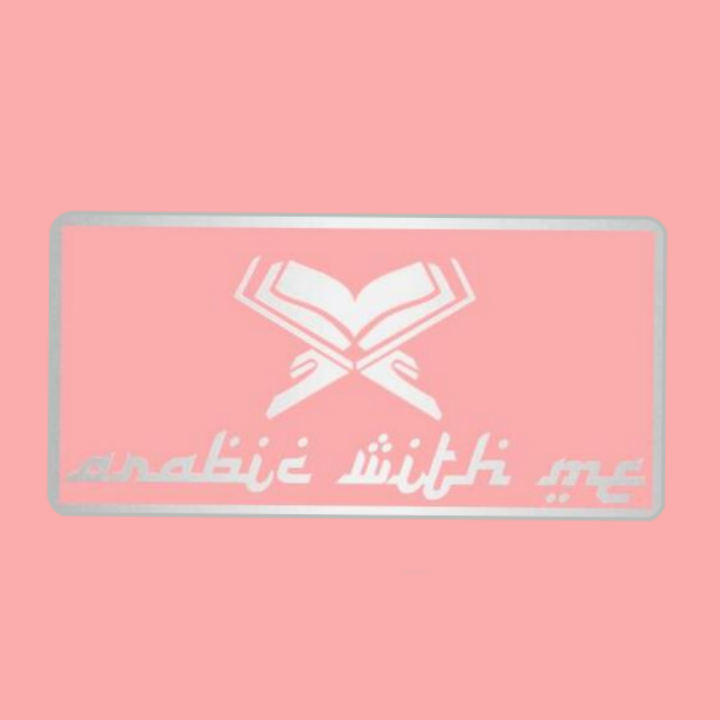Lesson 4 - أ هذا؟ هذا.. من هذا؟ ماهذا؟
- Arabic With Me

- Jan 11, 2023
- 2 min read
ما هذا؟
-in the Arabic language means ‘what is this?’, and if you have paid attention to the last lesson, then you will know how to answer by simply saying: ‘hadhaa….( name of what it is )’.
And again to revise, for example:
هذا بيت
‘hadhaa baytun’ means ‘this is a house’, so how do you ask ‘what is this?’…by saying:
مَا هَذَا؟
‘maa hadhaa?’ (What is this?)
The response would be for example:
هذا بَيْتٌ
‘hadhaa baytun’ (This is a house)
It is not really hard, one just needs to memorize some words in order to know how to respond.
The ما in the Arabic language has different functions, and the ‘maa’ in this lesson is used as an interrogative noun to ask questions about something that DOES NOT possess intellect ( ghayru ‘aaqil ).
This ‘maa’ here comes always in the beginning of a sentence
ما هذا؟
What is this?
هذا حصان
This is a horse
أَ هَذَا…؟
What هذا means we know now, it means ‘this’. Now we are going to learn how to say ‘Is this…( object one is asking about)?’.
There are two particles that are used to ask questions in the Arabic language, ‘hal’ and ‘a’ هَلْ and أَ
The difference between the two is, only the particle أ ‘a’ is used for asking questions that will result in a ‘yes’ or ‘no’ answer.
In the Arabic language we say لاَ ‘laa’ for ‘no’ and نعم ‘na’am’ for saying ‘yes’. ( there is an another way to say ‘yes’ too but we will focus on this one since there is also a slight difference between those two )
The أَ ‘a’ in the Arabic language is called ‘harfu al istifhaam’ ( Particle/ letter of interrogation ) and it is also known as ‘hamzatu al istifhaam’ ( the interrogative hamzah )
On it’s own, it has no meaning but when put before some other words it gets the function of asking questions. It comes always in the beginning of a sentence as do all the nouns and particles of questioning. It is used to ask questions about those who possess intellect and also about those who do not possess intellect ( inanimate objects ).
When we say:
أَ هَذَأ….؟
‘A hadha…( object we ask about )?’
we are asking ‘Is this….?’ Same we do for ذلك and تلك and هذه just that when we answer it must take the singular feminine for تلك and هذه
مَنْ
-in the Arabic language means ‘who’, and today we will see the usage of مَنْ as a noun of questioning. We know that هذا means ‘this’.
When we ask ‘من هذا؟ ’, then we ask ‘Who is this?’.
We use مَنْ to ask a question about those who possess intellect.
Let us see how it is used in sha’a Allah and let us do some exercises:
من هذا؟
Who is this?
هذا طبيب
This is a doctor?
من ذلك؟
Who is that?
ذلك ولد
That is a child (boy)
As you can see we use the same principle for ذلك
We will do the same thing for تلك and هذه but we will use singular feminine nouns when answering.




Comments